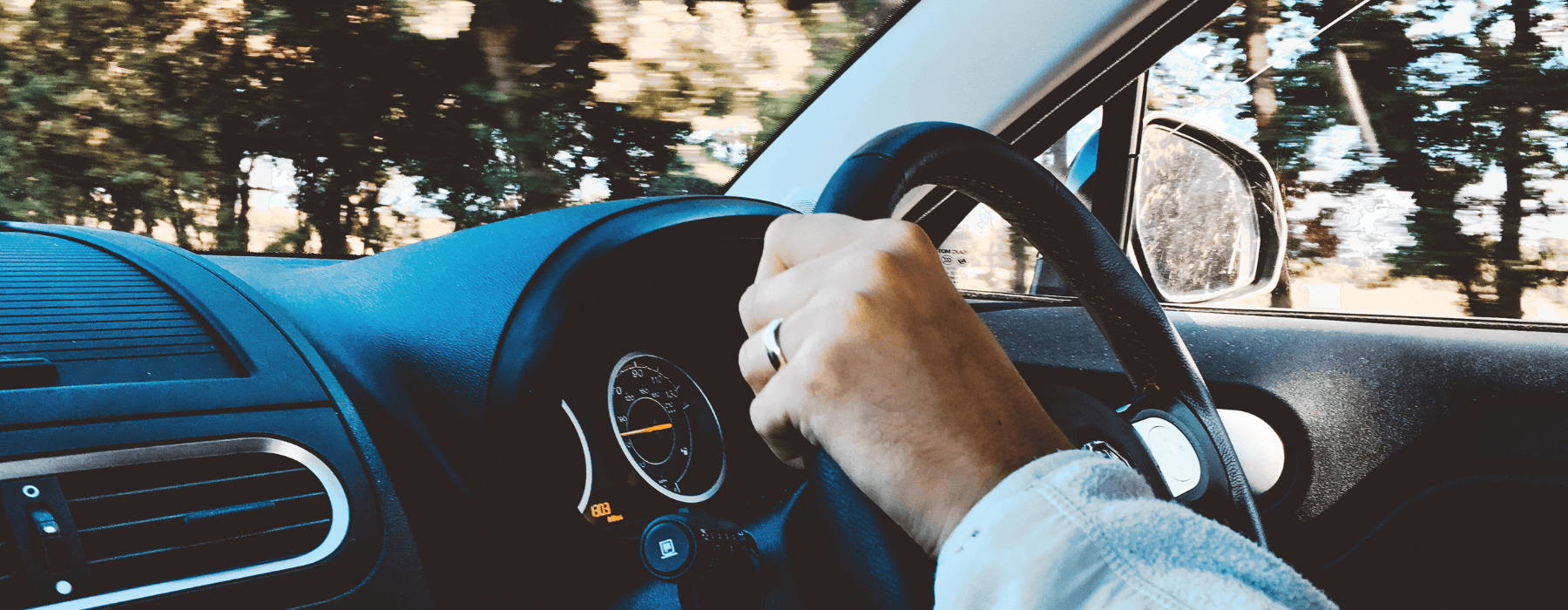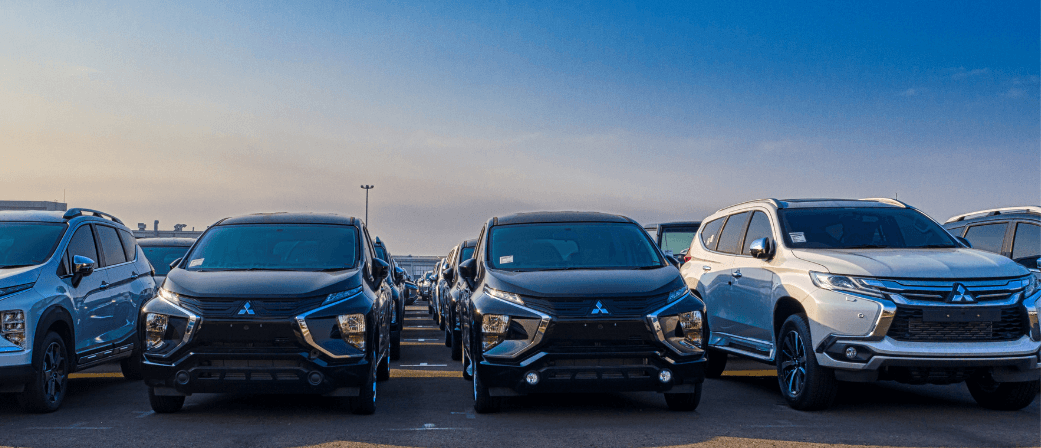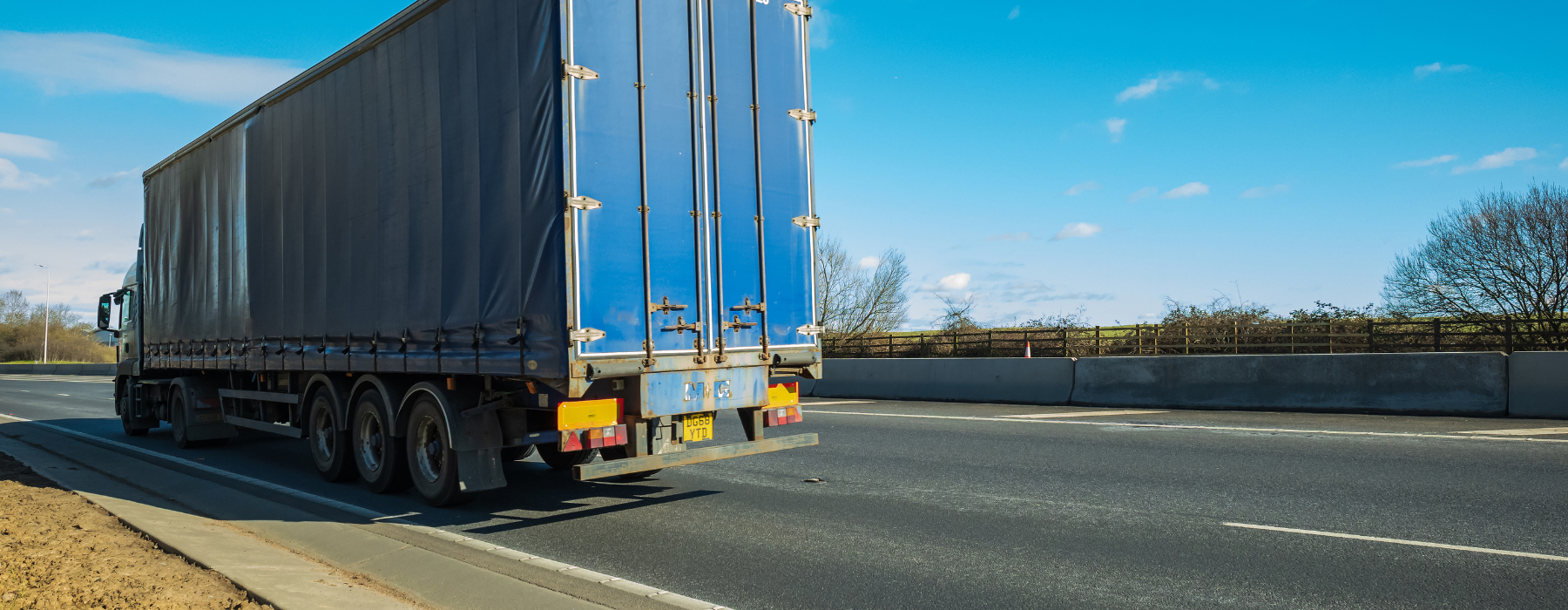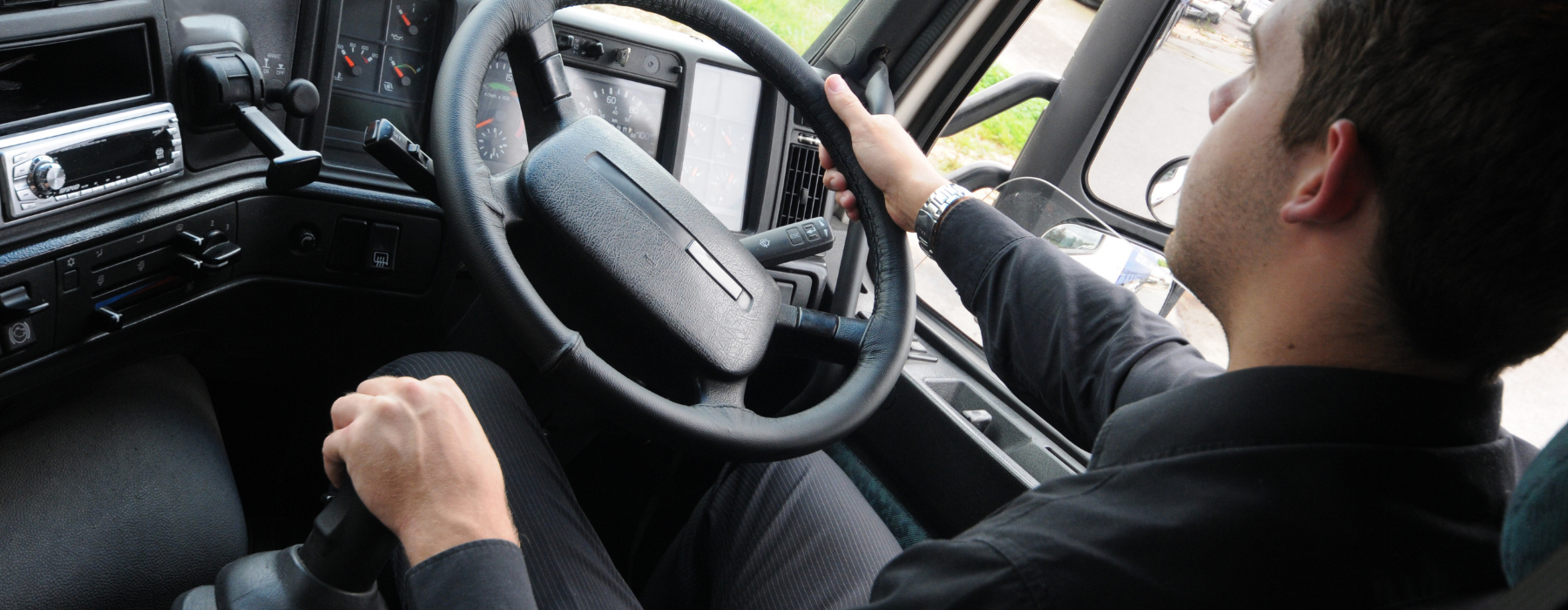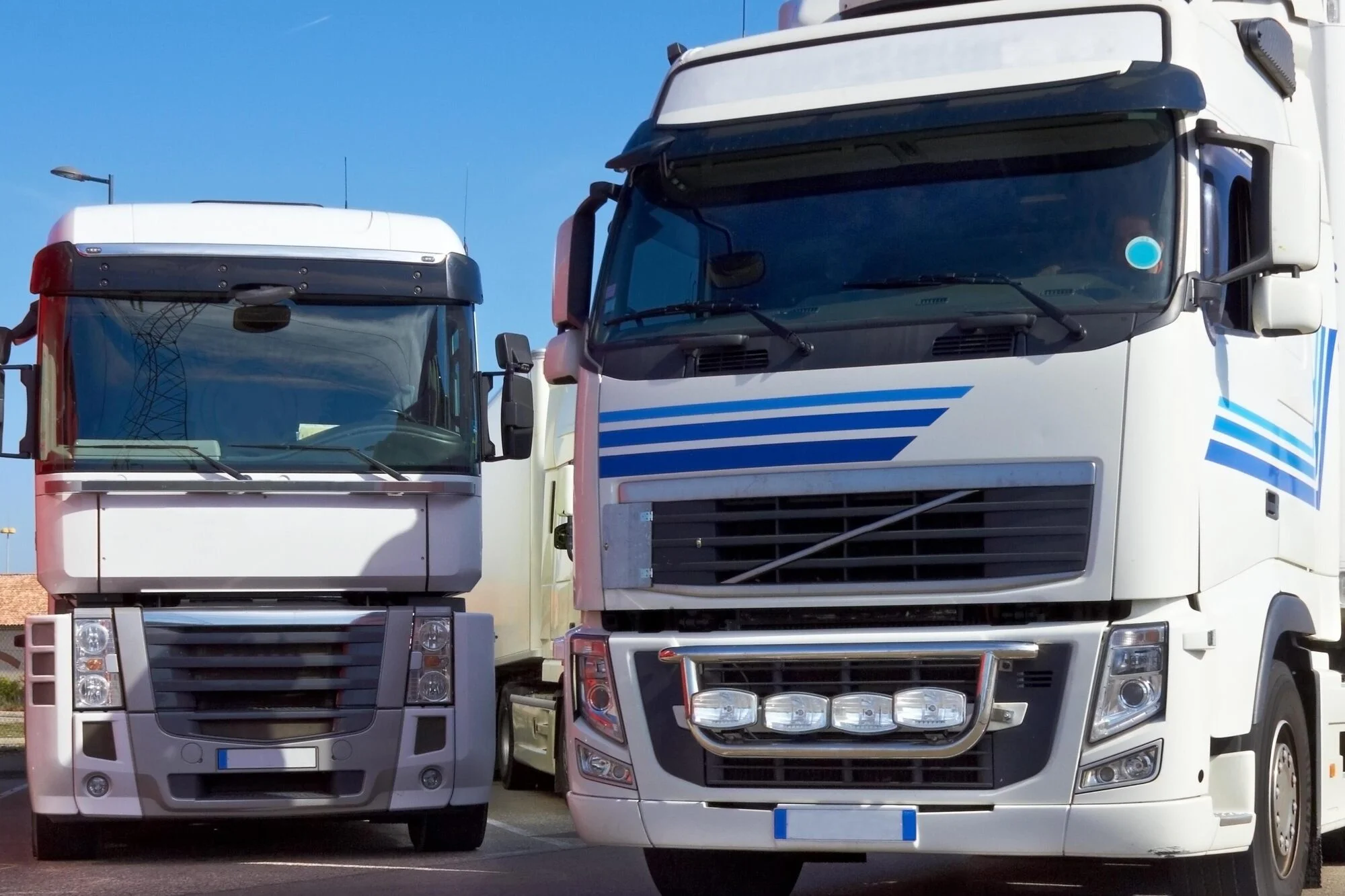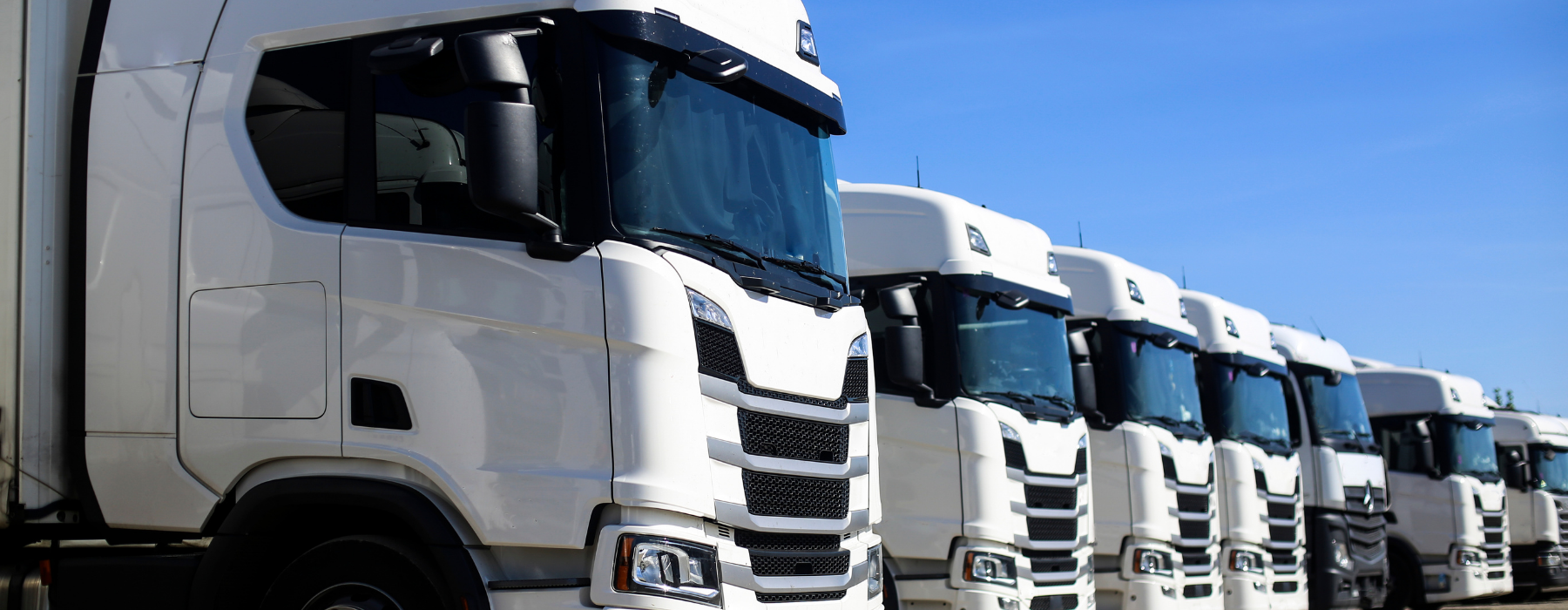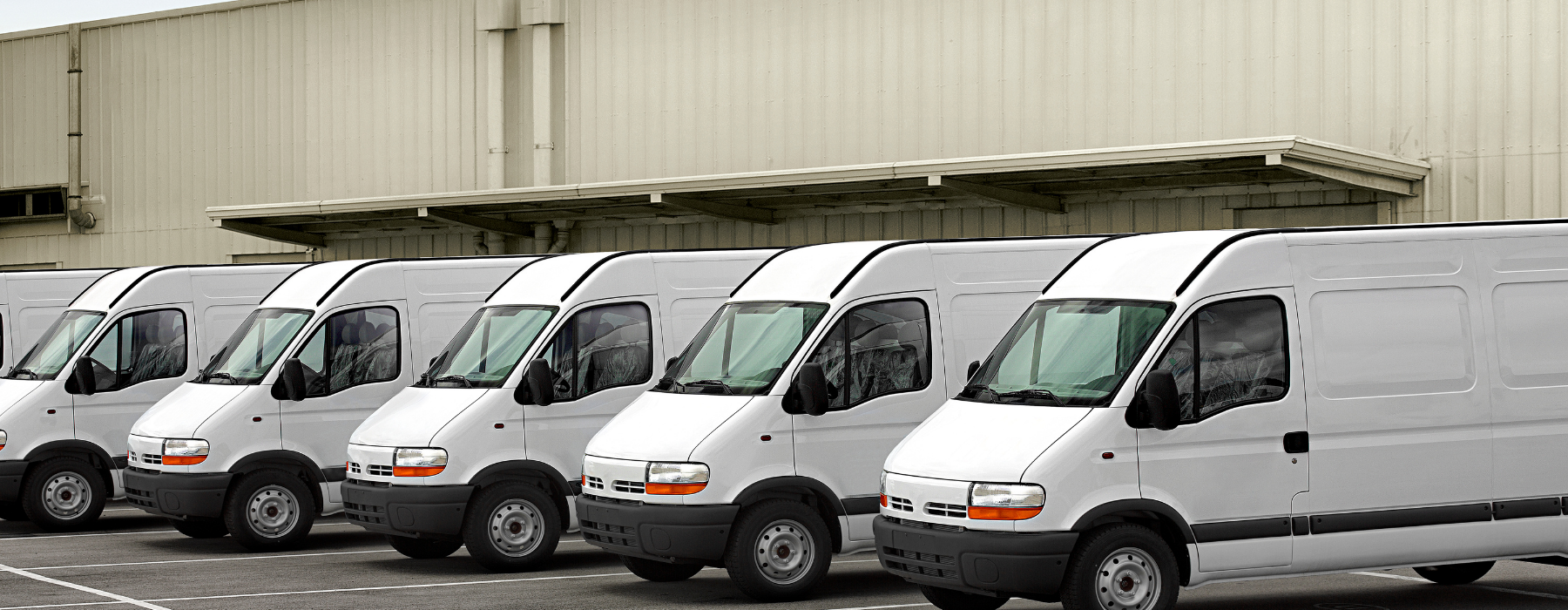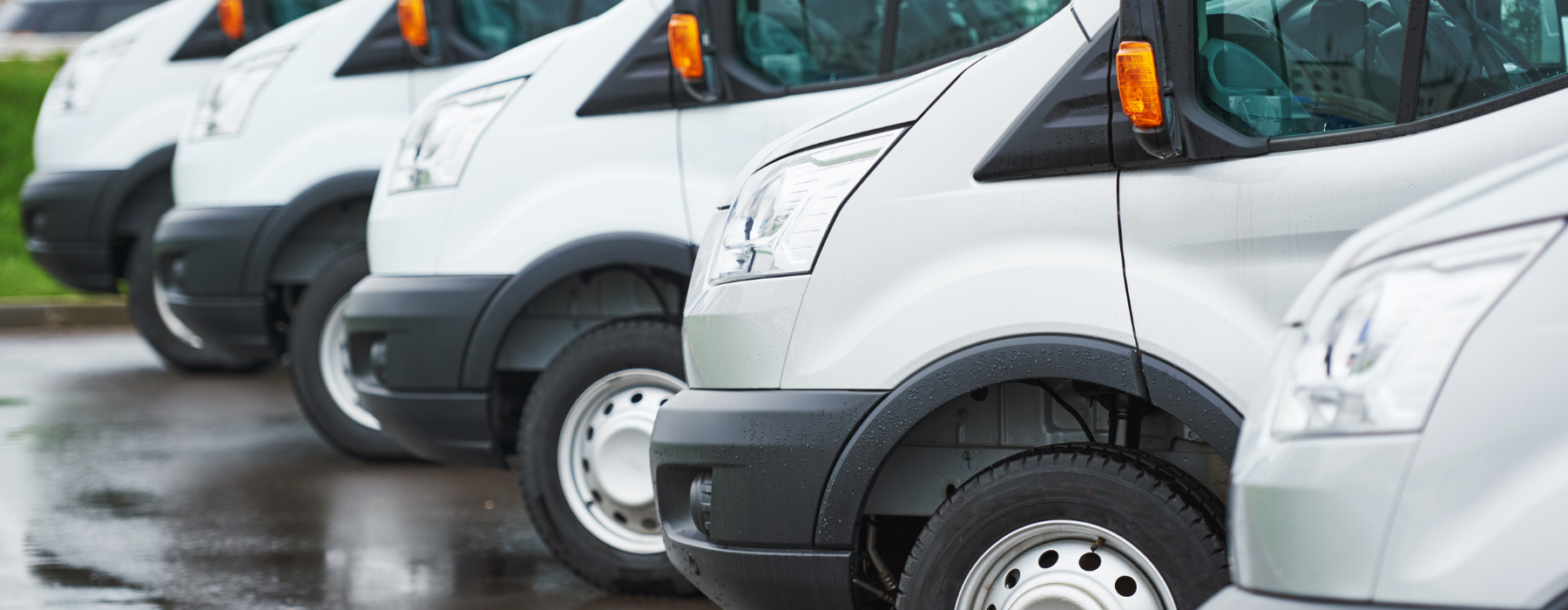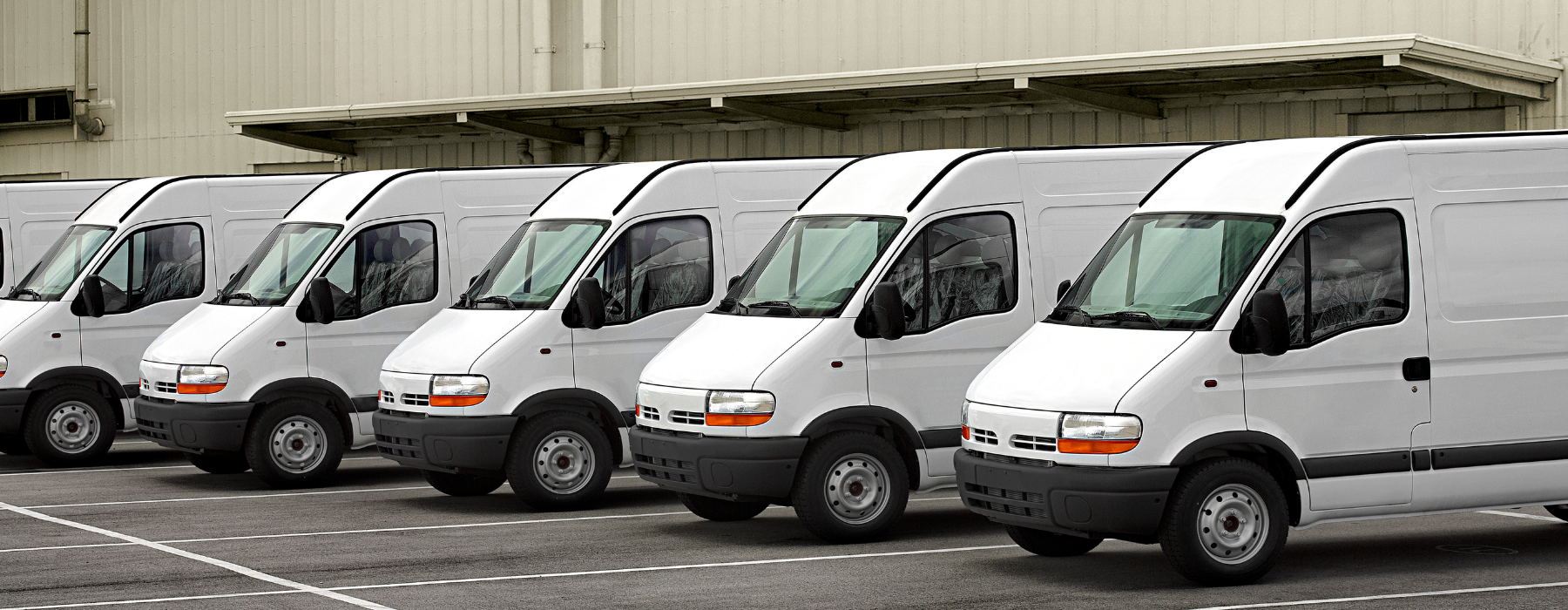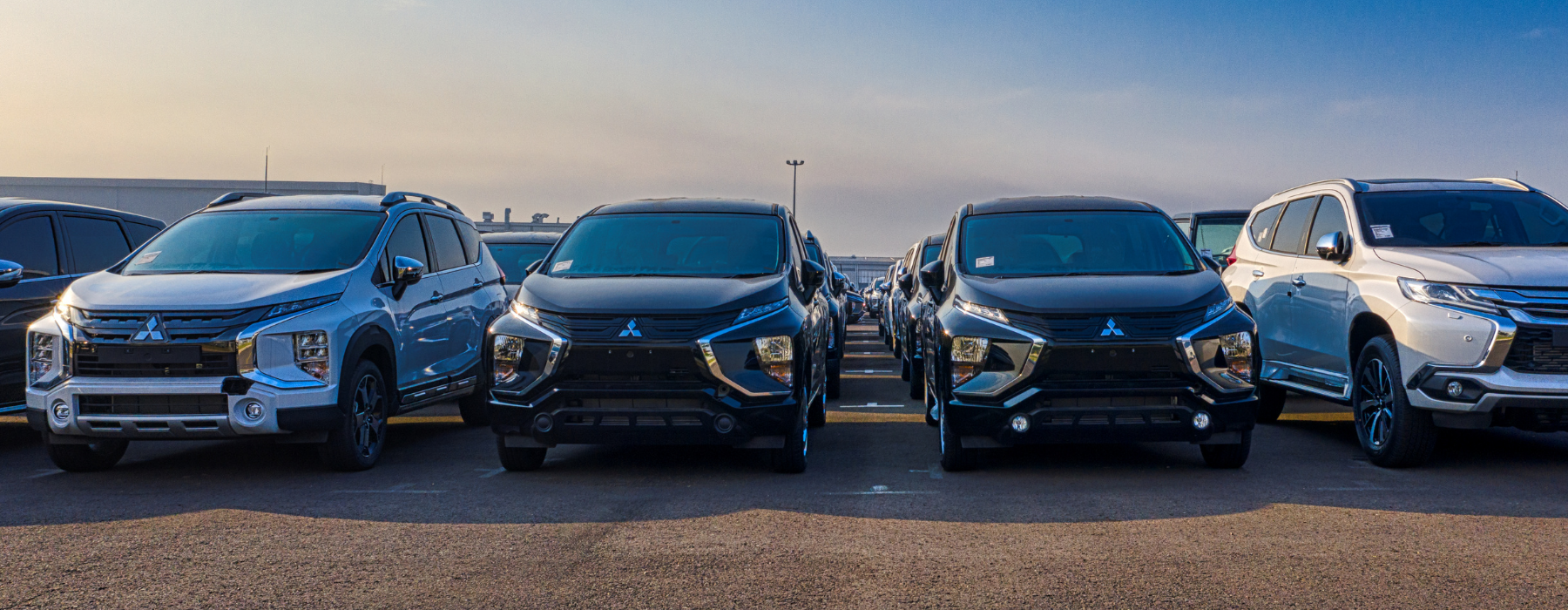From the 1st of September this year, petrol stations have been made to supply the new petrol formula, E10. The vast majority of petrol-powered cars will be able to use this new petrol, and a switch has been made to try to lower emissions.
E10 Petrol, what’s the difference?
The difference between E10 petrol and the E5 petrol you will have been using beforehand is that the E10 formula contains up to 10% renewable ethanol.
You may not have been aware of the fuel labelling before now, but what you would have been used to is ‘E5’, which would have contained 95% unleaded and 5% renewable ethanol. The percentage of renewable resources has increased in the new E10 petrol.
How does using E10 petrol reduce emissions?
CO2 is a greenhouse gas and one of the biggest contributors to climate change. E10 combines a larger amount of renewable ethanol with petrol, meaning that fewer fossil fuels are needed to make E10 than E5.
It is predicted that this change in petrol could cut CO2 emissions by around 750,000 tonnes a year, which is the equivalent of taking 350,000 cars off the road.
Is my car compatible with E10 petrol?
Approximately 95% of petrol cars are compatible with E10. Any car that was produced after 2011 will be compatible, and the majority of cars and motorbikes that were produced as far back as the last 90s are compatible. With around 5% of vehicles not being compatible, there are, of course, some vehicles that cannot use E10 petrol. These vehicles will most likely be;
- Classic cars or older cars
- Some specific models, mostly from the early 2000’s
- Some mopeds, especially those with an engine size of 50cc or under.
If you are unsure whether your vehicle is compatible with E10 petrol, you can use this online checker.
If your vehicle can not use the new E10 petrol, simply carry on using the E5 petrol; just make sure you check the label.
I have accidentally used E10 petrol, and my car isn’t compatible
If you own a vehicle that is not compatible and you accidentally fill it with E10 petrol, it is no major problem. Draining the tank like you would have to if you put diesel in a petrol tank or vice versa would be unnecessary. Just simply make sure you fill up with E5 next time, and there will be no issues. It is also perfectly fine and safe to combine the two formulas, so if your tank is half full of E10, you can top it up with E5 if there is no E10 available.
Are there any downsides?
While your car will still run on E10 even if it is not compatible, you should try not to fill your tank with it again, as there are reports that in the long run, it could damage your car.
There are also reports that the E10 is less fuel efficient, meaning that you may not get as many miles out of a full tank as you would have with the E5, which could result in you having to top up more frequently. Although, the difference in fuel economy may not even be noticeable as it is claimed you should only have a reduction of about 1%.
Is E10 more expensive?
There is no price difference between E10 and E5 petrol.
E10 petrol rollout creates more job opportunities
The E10 rollout means there was a need for increased production of biofuels at bioethanol plants based in the North East of England, which creates more job opportunities locally. Two big plants in the area are providing approximately 200 skilled jobs. Not only does this rollout affect jobs at a local level, but it also supports other jobs on a wider scale; for example, the agriculture sector that supplies the feed-wheat for the plants will also feel the benefit.
Grant Shapps, the Transport Secretary, said, “Every journey matters as we drive forward the green industrial revolution, which is why the rollout of E10 is so important. It’ll help us cut road greenhouse emissions and meet our ambitious net zero target. Although more and more drivers are switching to electric, there are steps we can take today to reduce emissions from the millions of vehicles already on our roads – the small switch to E10 petrol will reduce greenhouse gas emissions as we accelerate towards a greener transport future.”




